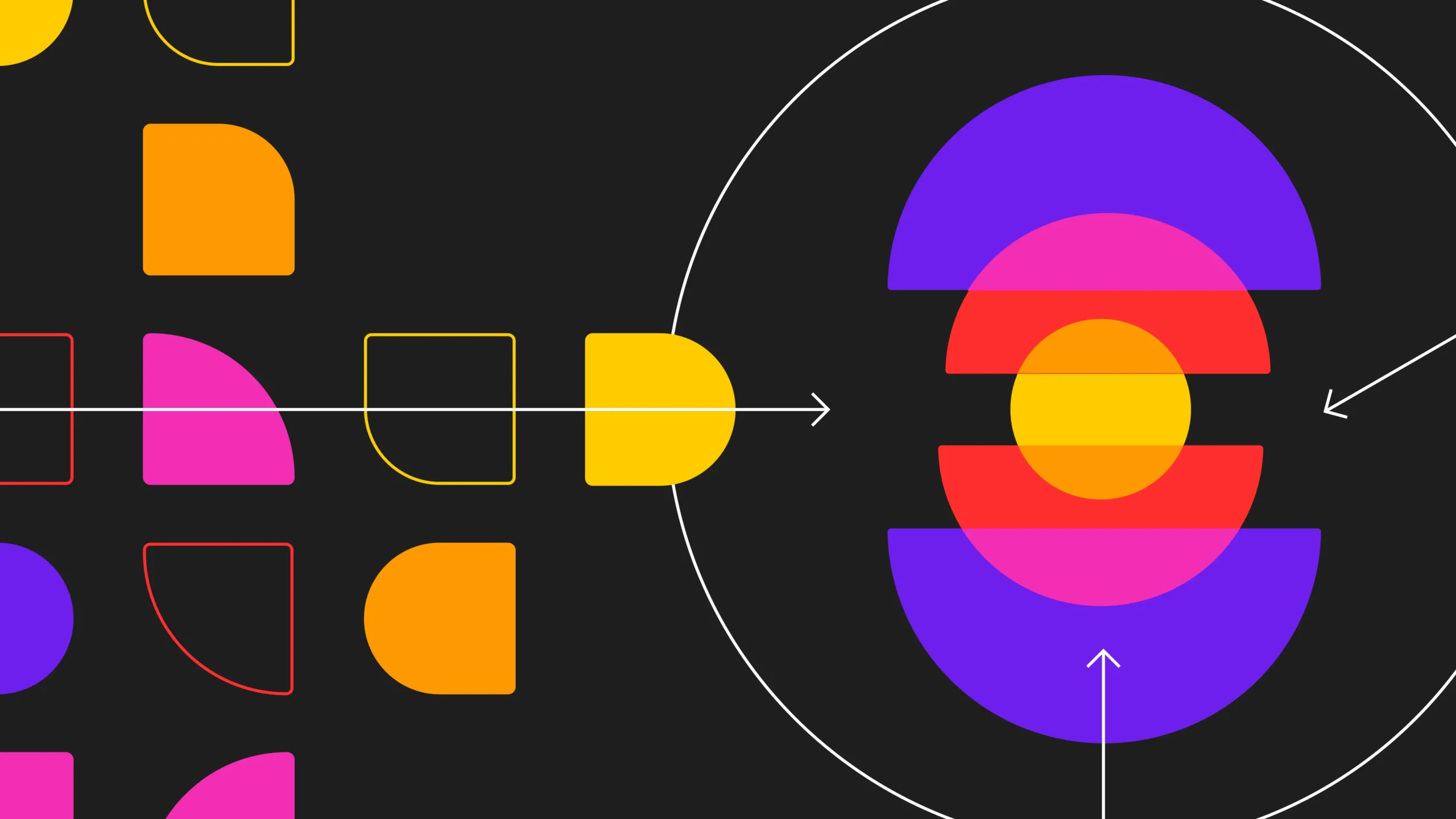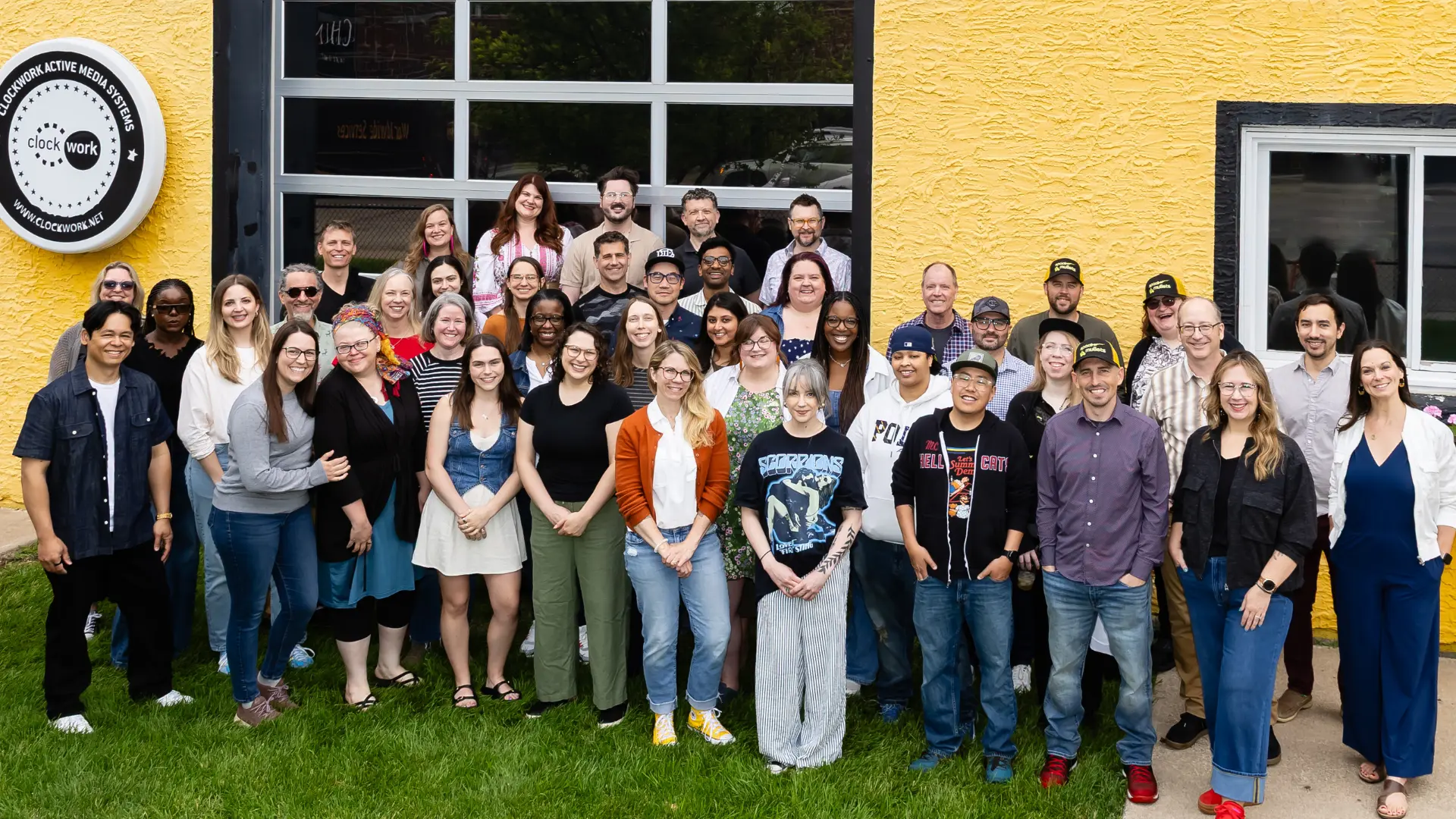Experience design is about shaping how customers interact with your organization by keeping their needs and feelings at the forefront of your product, processes, and strategies. We’re in the Empathy Era — a time where customer expectations for seamless and personalized digital experiences are higher than ever.
Think of companies like Airbnb and Lyft. They became successful by designing experiences that put user needs first, focusing on convenience and eliminating friction.
1. Center users in decision-making
Designing great experiences starts with a deep understanding of what people want and need. Instead of asking, “What can we build?” ask, “What will make the user’s experience better?” Analyze each touchpoint from their perspective and build feedback loops into your process. Your experience should feel like it fits effortlessly into their daily life. Validate your changes directly with customers to build meaningful interactions.
Benefit: Well-designed experiences build customer loyalty and integration into daily life, resulting in increased engagement and positive word-of-mouth.
2. Ensure your digital platforms can keep up
Technology underpins every user experience. Ask yourself:
- Is our platform fast and efficient? Slow systems can send users elsewhere.
- Is it flexible? Customer needs evolve quickly.
- Can we collect and analyze user data effectively? Understanding customers requires continuous feedback.
- Does it anticipate their needs? With the advancement of AI, there are more opportunities to quickly provide analysis of customer data that helps you stay ahead of customer needs.
Benefit: The foundation of great digital experiences is robust technology. Ensure you have modern platforms to support seamless interactions, backed by data that informs decisions.
In practice: Try using Google’s Lighthouse — it’s an open-source tool that will give your site a rating against measurements like performance, accessibility, and SEO. This type of measurement can help you understand whether your site is performant and findable for users.
3. Make listening to users a regular activity
Direct user feedback paired with research data helps prevent guesswork. With more customers online than ever, knowing what they’re looking for—and why they leave—is crucial. Start by targeting feedback to the most impactful interactions (like purchases or sign-ups) and use approaches like feedback widgets, customer service surveys, and site analytics.
Regular testing sessions and interviews with users are a great way to drive prioritization of new features and upgrades, ensuring you’re spending your budget where it counts the most.
Benefit: Feedback helps create truly user-centered experiences. Building in testing and iteration processes not only validates your design decisions but also ensures constant improvement.
Technology note: Take advantage of new tools, such as AI-based feedback systems and Voice of Customer solutions, to gather insights in real time.
4. Design for Inclusivity and Accessibility
Approximately 20% of the population has some form of cognitive, physical, visual, or auditory disability. Digital experiences should be designed for all customers, regardless of ability or background. Working with a team of accessibility professionals can help ensure your experience is accessible and provide you with the tools and resources to maintain accessible content.
Benefit: Designing inclusive experiences immediately expands your potential audience, grows your bottom line, and mitigates legal or ethical risks.
5. Make Experience Design a Company-Wide Priority (The Long-Term Step)
Experience design impacts your whole business. Every department must align on delivering holistic customer experiences—it’s not just a marketing problem. Customers should feel the care you put into your experience whether they’re interacting with you online or off. Organizations have to reframe their goals based on customer needs, like shortening shipping times or improving support experiences.
Benefit: A customer-centric culture reflects positively on external interactions. Customers don’t care about your internal structures—they care about the value you provide. Building an experience-focused culture helps drive consistent, meaningful interactions.
According to a recent Forrester study, investing in design-led experiences significantly improves customer satisfaction and lifetime value. Now is the time to prioritize experience design to stay competitive and build memorable interactions for your users.
Ready to get started? Reach out to us and let’s work together to craft amazing experiences for your customers.




